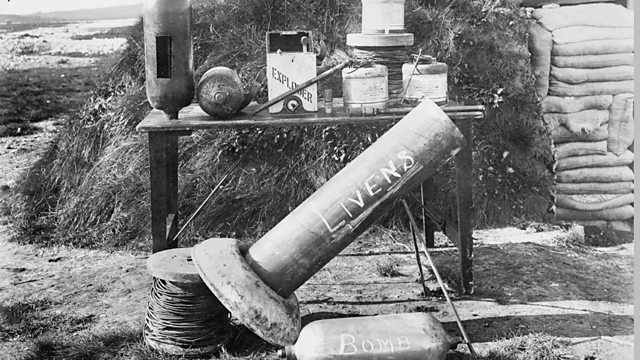Lincoln, Lincolnshire: Βι¶ΉΤΌΕΔ of the Livens Projector Inventor
How Lincoln was involved in chemical weapons
William Howard Livens was the son of the Chief Engineer at Ruston & Hornsby in Lincoln. He experimented with weapons for trench warfare. Gas warfare was very primitive early in the war.
The Livens Projector provided troops with an apparatus to launch canisters of boiling oil and poison gas into the German trenches.
With the help of his father, Fredrick Howard Livens, the projector went from idea to production in just one week. It was cheap to make and deploy.
Ruston’s factory in Lincoln went on to make a quarter of a million parts for poison gas and flame projectors.
The initial range of the Livens Projector was 180 metres. Later models reached distances of 1,200 metres.
While the 1925 Geneva Protocol banned the use of chemical weapons it wasn’t until the 1990s that their production and storage was rendered a taboo. The Nobel Peace Prize of 2013 was awarded to the Organisation for the Prohibition of Chemical Weapons.
Location: Lincoln, Lincolnshire LN5 7FD
Image shows French troops using flamethrowers to flush out Germans from their shelters, Cantigny, France, 1918
Photograph courtesy of Getty Images
Duration:
This clip is from
Featured in...
![]()
Innovations—World War One At Βι¶ΉΤΌΕΔ
Where war was the mother of invention
![]()
Βι¶ΉΤΌΕΔ Lincolnshire—World War One At Βι¶ΉΤΌΕΔ
Places in Lincolnshire that tell a story of World War One
More clips from World War One At Βι¶ΉΤΌΕΔ
-
![]()
The loss of HMY Iolaire
Duration: 18:52
-
![]()
Scotland, Slamannan and the Argylls
Duration: 07:55
-
![]()
Scotland Museum of Edinburgh mourning dress
Duration: 06:17
-
![]()
Scotland Montrose 'GI Brides'
Duration: 06:41







